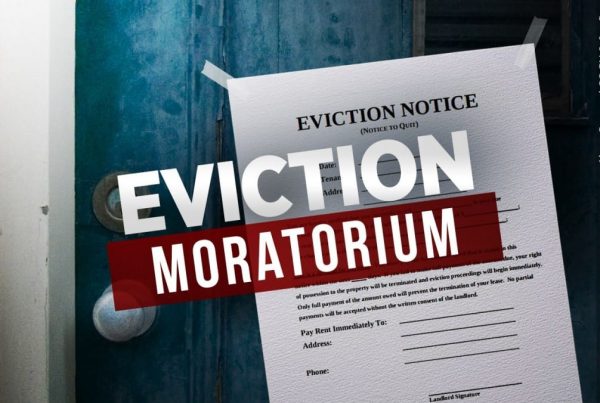Oregon SB 139: A Business Tax Increase of $30-40 Million Per Year
Background – The small business PTE tax rates were part of the Grand Bargain from the 2013 special session. The package of bills passed during the special session included HB 3601, which among other provisions that raised revenue overall, created new tax rates for taxpayers with PTE business income meeting certain criteria, namely those with at least one full-time employee and those whose owners actively participate in the day-to-day operation of their businesses. The policy objective was to provide a more favorable rate structure for these businesses.
Oregon Has Already Disconnected from Federal PTE Tax Policy – The Tax Cuts and Jobs Act (TCJA) of 2017 useda tax parity lens to make sure that both C corps and PTEs benefited as equally as possible from the tax cuts. C corps saw their corporate income tax rates reduced from 35% to 21% and pass-through businesses were able to apply a new 20% deduction (Sec. 199A) to reduce their federal tax liability. During the 2018 regular session, the Legislature passed SB 1528, which required an add-back of that federal deduction as Oregon taxable income because the state already had its own PTE tax policy. The Governor then called a special session to pass HB 4301, which expanded Oregon’s PTE rates to sole-proprietorships (and single-owner L LC’s), a group of businesses that were left out of the original legislation. The net result was that while Oregon’s PTE policy now benefits around 25,000 businesses, hundreds of thousands of businesses missed out on the tax savings they would have received on their Oregon income taxes had the state remained connected to the federal 20% pass-through deduction.
LC’s), a group of businesses that were left out of the original legislation. The net result was that while Oregon’s PTE policy now benefits around 25,000 businesses, hundreds of thousands of businesses missed out on the tax savings they would have received on their Oregon income taxes had the state remained connected to the federal 20% pass-through deduction.
New, Retroactive Restrictions – While the -7’s and the -10’s broaden the lowest PTE rate (7%) to income up to $500,000and provides a slight rate decrease (from 7.6% to 7.5%) for income between $500,000 and $1 million, businesses with more than $5 million in income would be prohibited from opting into the program starting January 1, 2021 (this is where the majority of the $30-40 revenue increase comes from). Additionally, a new requirement would be applied to S corps and partnerships (sole proprietorships would be exempt). Businesses subject to this requirement would need to meet or exceed a new “Oregon employee to Oregon owner ratio”, adjusted based on income, and/or reinvest at least 75% of business profits back into the business.
Oregon Does Not Need the Money – The May Revenue Forecast was incredibly strong, projecting a $2.8 billion positive ending balance. This amounts to a $1.1 billion increase from the March Revenue Forecast and a $2.3 billion increase from the2019 Close of Session Forecast. The state has also been allocated $2.6 billion in direct financial aid from the Biden Administration’s American Rescue Plan Act of 2021, in addition to ARPA funds for local jurisdictions. Given this, there is nobudgetary justification for tax increases of any sort, including tax increases on pass-through businesses.
For more information, please contact Anthony K. Smith, NFIB, [email protected], (503) 364-4450 or Scott Bruun,OBI, [email protected], (503) 720-1329






